How Russians are training schoolchildren and students about the invasion of Ukraine.
Author: Editorial Crew | Image: Getty
Russian schools, colleges, and universities have been teaching political information for the past few weeks. Students and schoolchildren are taught how to correctly understand the Russian invasion of Ukraine and are prepared to distinguish fakes from reality.
Manuals on the "special operation" in Ukraine are intended for school teachers and teachers of pedagogical universities. With their help, schoolchildren should be helped to form a correct picture of the world, and students should be convinced that the shelling of peaceful cities by the Russian army is a fake.
In the document metadata, you can find the authors: Olga Nikolaevna Sukhanova (head of the research and development department at the Academy of the Ministry of Education of Russia) and Svetlana Yurievna Tokhtueva. The presentation consists of 28 slides in which the concept is that social networks and non-state media are full of fakes so that only state media can be trusted.
For students of pedagogical universities (as well as students of grades 9-10), officials prepared a lesson called "Fakes and more." The goal is to teach students to analyze information, verify it and find fakes, the manual proclaims. The manual author reminds everyone that since March 1, Roskomnadzor has restricted access to Ekho Moskvy and Dozhd for fake news about Russia's war with Ukraine and calls for extreme actions.
In the presentation, students are introduced to the difference between official media and social networks. The former, the document emphasizes, must check and confirm the information; otherwise, they will be sued for defamation. People willingly rummage on their pages for news that evokes strong emotions - but it is precisely such news that is often considered to be fake.
The manual authors refer to some scientists who found evidence that suggests true stories get six times fewer views than fake ones. This most likely refers to a study by scientists at the Massachusetts Institute of Technology, published in the journal Science in 2018, in which scientists found that one fake was seen, on average, by 1,000 to 10,000 people, while coverage of accurate news rarely reached 1,000.
As the most striking example of fake news, the authors of the manual call the story when a Facebook user posted a photo of a smiling Natalie Portman from the filming of the movie "Jackie" and signed that it was David Rockefeller's widow smiling at the funeral. The post gained more than 17 thousand views in 4 days. When the post creator realized the error, he deleted it; the photo of Rockefeller's real wife cannot be found in the public domain, the manual authors say.
The slides also list reliable sources of information for students: the websites of the President of Russia, the government, the Ministry of Defense, news agencies, state media, and the website of Roskomnadzor. The audience is also advised to subscribe to the Auror Telegram channel, although its link does not currently work.
A separate training manual was developed for schoolchildren - "Adult conversation about the world" (it is unknown who its compilers are). For about an hour, teachers tell children about the history of Ukraine, the ban on the Russian language there, NATO expansion, sanctions against Russia, fake news, and Russia's peacekeeping mission. Six videos are included to help and better integrate the content for children. Similar action has already been held in Russian schools during March, in which teachers across the country are explaining to schoolchildren in the form of a dialogue how to respond correctly to what was happening in Ukraine.

